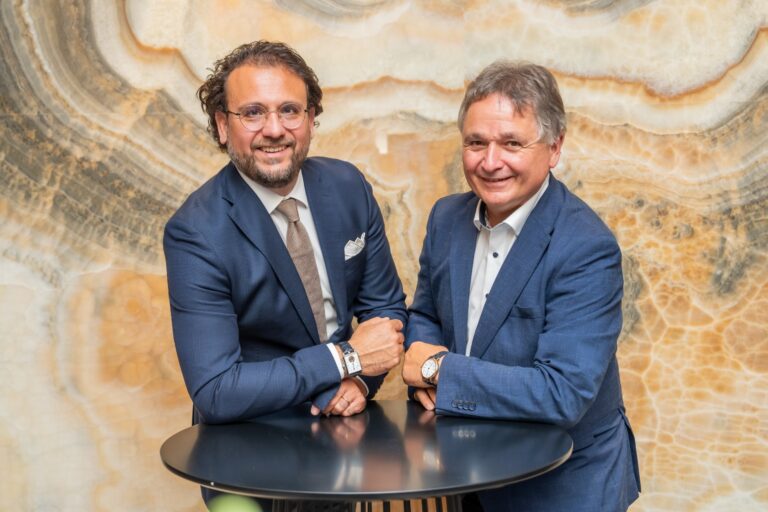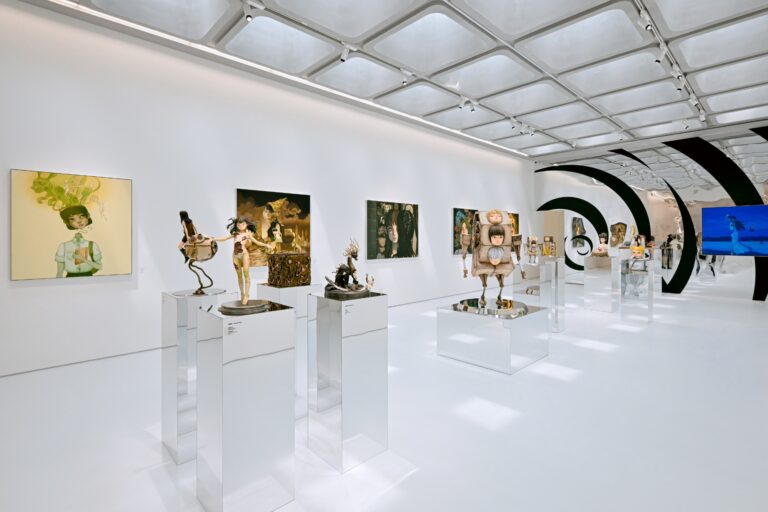Takuya Matsumoto Brings Back a King Seiko Classic from the ’70s
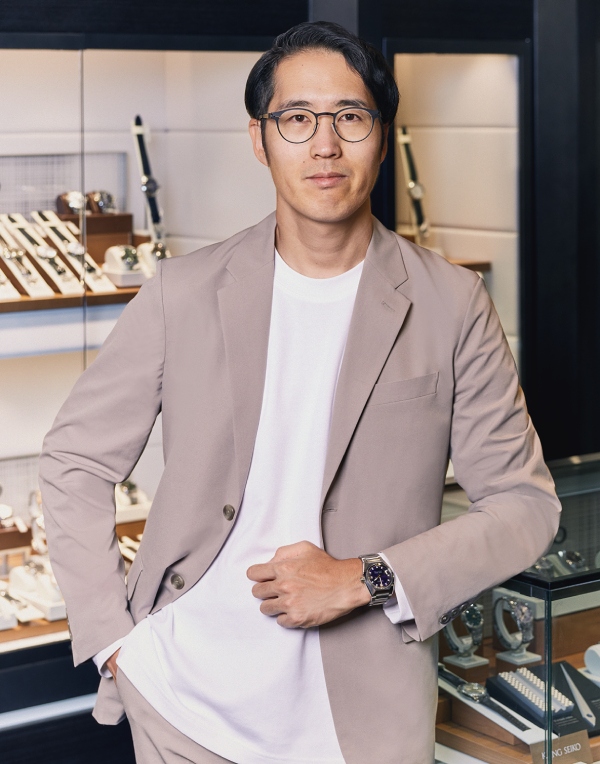
The VANAC’s one of those watches where the closer you look, the better it gets. It’s also one of those rare pieces that looks even better in person than it does in photos. So you can imagine my excitement when I finally held one in my hands — right in front of its designer, no less. In a brief conversation with Takuya Matsumoto, Deputy Manager of Seiko’s product design department, I learned what went into a two-year design process that involved more than 30 designers to perfect.

What about the design of the watch still resonates with people today, 50 years later?
TAKUYA MATSUMOTO (TM): One reason the design continues to be popular today is that it strongly retains the atmosphere of Japan’s vibrant cultural era in the 1970s.
In Japan, there has been a recent movement to re-evaluate the culture and lifestyle of the Showa era—the period during in which VANAC was born—and we feel that VANAC is being appreciated within that cultural trend.
Furthermore, many of the design elements that make up the watch—such as the case, bracelet, dial colours, hands, and indexes—feature forms and characteristics that were not seen in King Seiko models from the 1960s and earlier. We believe that these unique design features continue to resonate with people even today, decades after their original debut.
What were some non-negotiables when it came to retaining design elements from the original VANAC?
TM: We definitely wanted to preserve the angular case shape, as well as the choice of bold colours of the original models, in order to preserve its daring, almost rebellious spirit. Our intention was to create a timepiece with strong angularity and visual impact—one that resonates with design-conscious individuals seeking a watch that reflects an active and expressive personality.
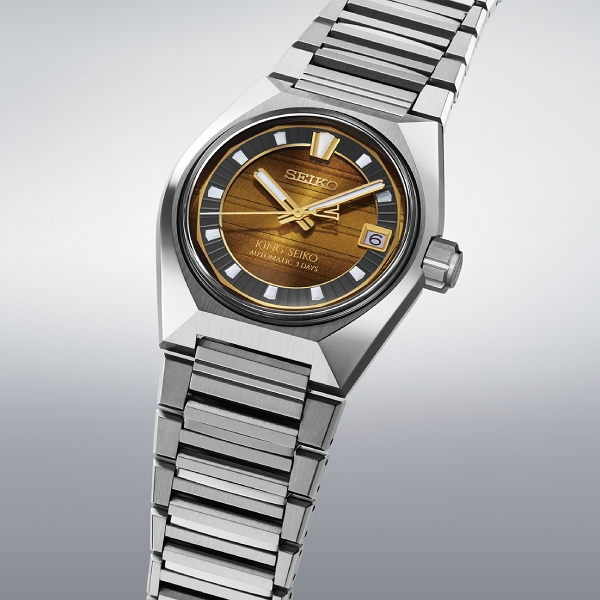
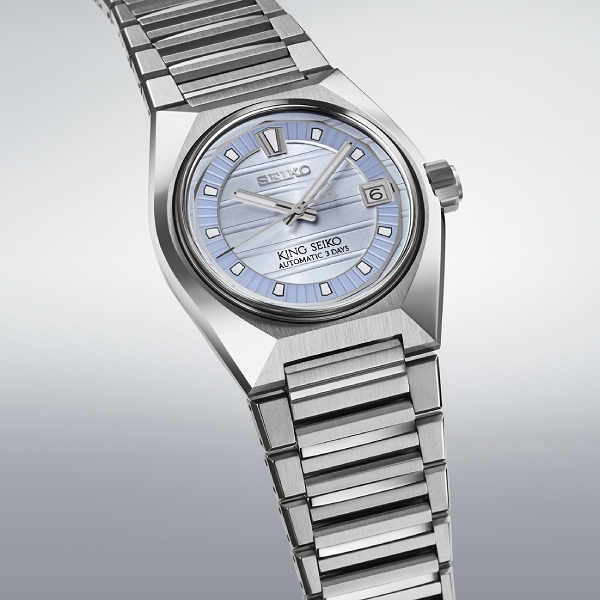
What new changes did you make to accommodate current tastes?
TM: One of the key updates is the introduction of a newly developed index ring. Unlike the individually shaped indices of the vintage VANAC, this ring consolidates all essential dial markings into a single, prominent component—enhancing legibility and reinforcing the model’s unique identity.
The dial itself features horizontal stripe patterns inspired by Tokyo’s horizon, evoking the expansive view of the city’s skyline. The case design has been reinterpreted to convey a sense of solidity, as though sculpted from a single block of metal. By adopting a bezel-less structure, we achieved a sleeker profile, while the increased case size adds a sporty and contemporary edge.
The bracelet complements the dial with a horizontally expanding stripe motif, also drawing from the Tokyo horizon concept. Though the new VANAC may appear visually distinct from its predecessors, it faithfully preserves the spirit of the original through its dynamic silhouette, bold presence, and refined elegance.
What specific feeling or emotion do you hope people experience when they put on this modern VANAC?
TM: Just as a king sets his sights on the unseen world beyond the horizon, this Tokyo horizon concept embodies our desire to encourage VANAC owners to embrace new challenges.
We hope that wearing this watch will inspire a sense of courage and confidence in those who choose it.


Can you describe a eureka moment you had during the design process?
TM: For the dial design, we aimed to create something bold and unconventional—breaking away from traditional watchmaking norms.
The distinctive design, which combines the 12 o’clock index with a ring-shaped component, was inspired by the power button icons found on cars and laptops.
We wanted the dial to metaphorically represent a “start switch,” suggesting that putting on the watch marks the beginning of a new day.
How did you know when the design for the new VANAC was finished?
TM: In developing VANAC, we created more sample prototypes than usual, carefully examining the design details throughout the process.
During development, viewing CG images on a computer screen never gave us the feeling that the design was truly complete. It was only when we tried on the final sample that we felt the design had finally come to life.
As a designer, I’m truly satisfied with how it turned out. We would be delighted if readers could try it on in-store and experience it for themselves.
Photography: Jaya Khidir
This story was first seen on Esquire Singapore.
For more on the latest in luxury watch and leaders reads, click here.
The post Takuya Matsumoto Brings Back a King Seiko Classic from the ’70s appeared first on LUXUO.

